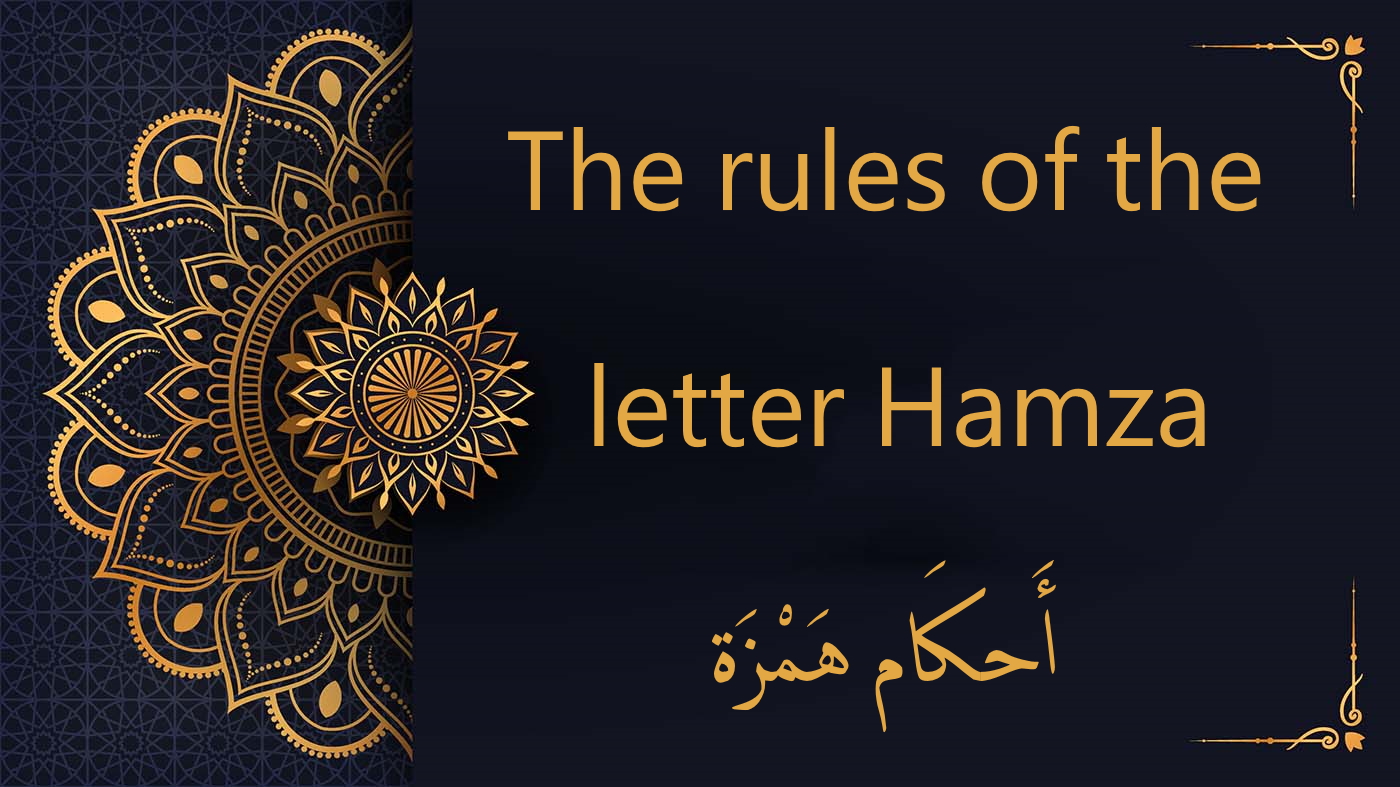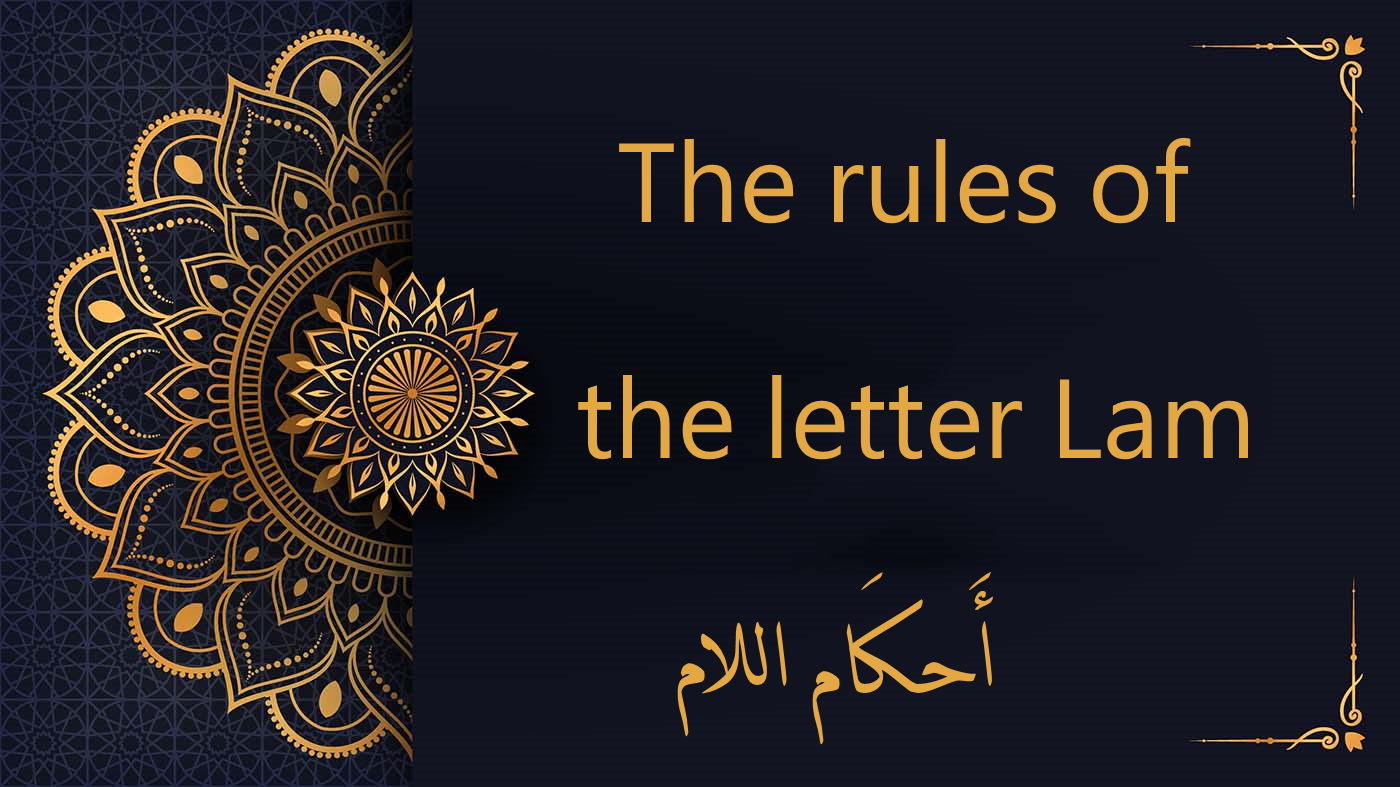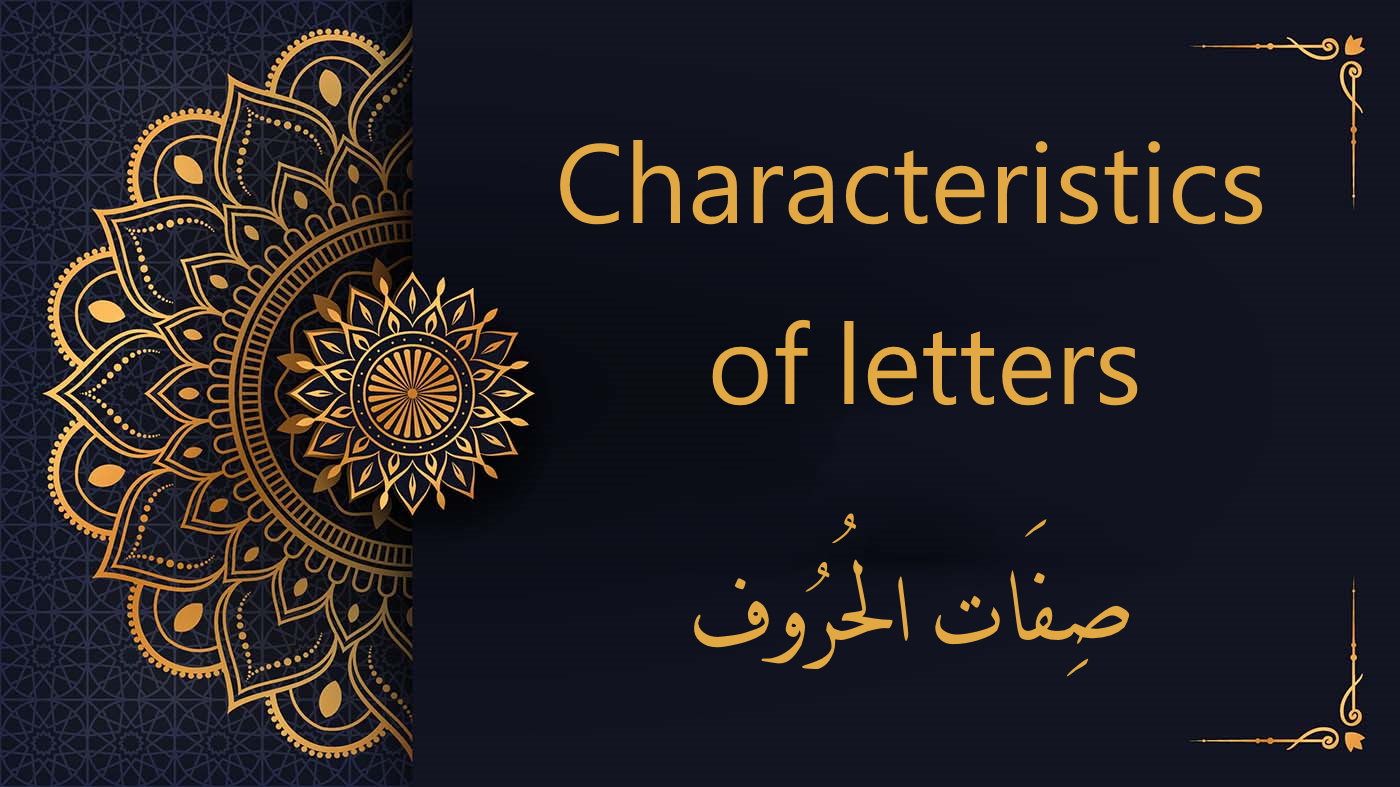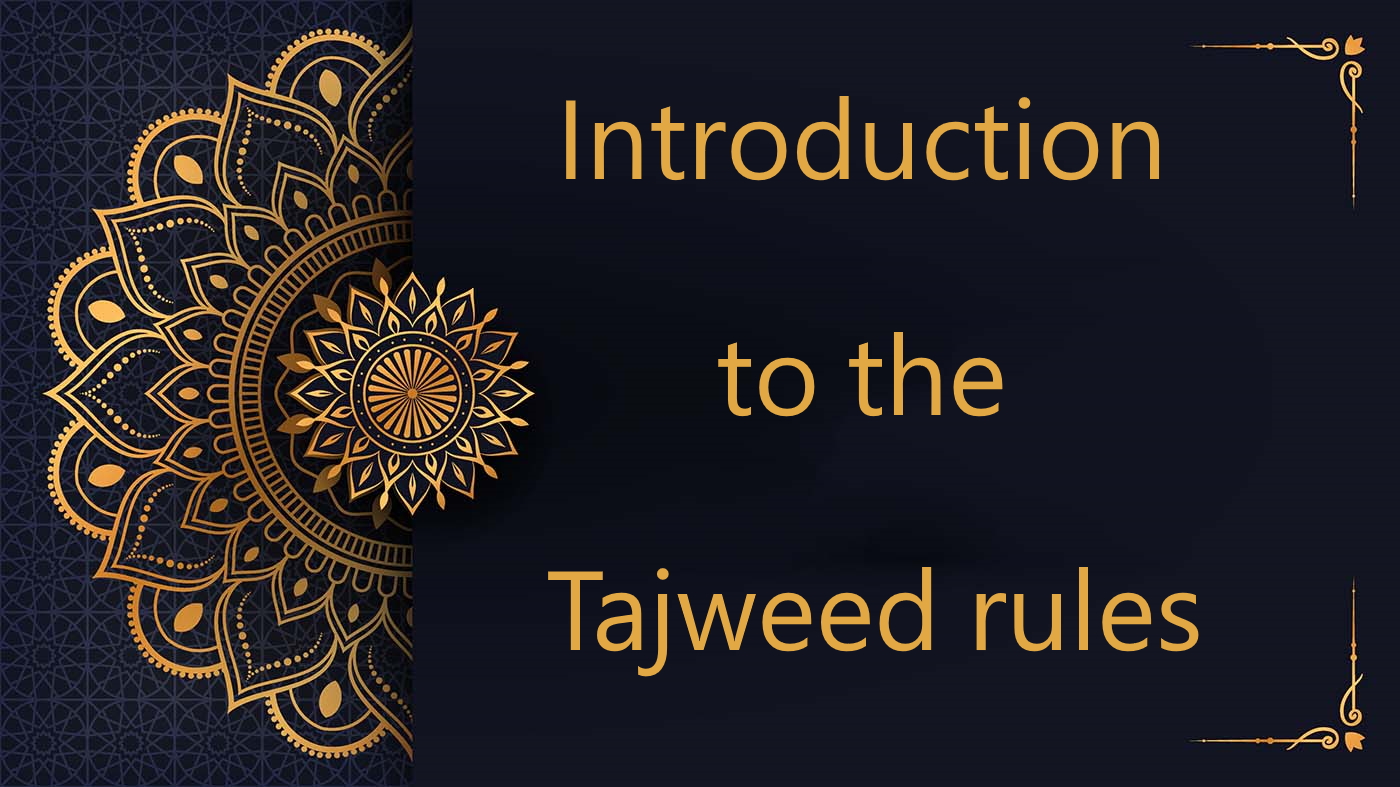The Nourania Method: Learning Quran Reading Made Easy

The Nourania Method: Learning Quran Reading Made Easy The Nourania Method, also known as Al-Qaida Nourania, is a globally recognized educational approach for teaching accurate Quran reading and recitation. Al Dirassa Institute, specializing in Arabic, Quran, and Islamic studies, has incorporated this method into its online education programs. Thanks to its efficiency and adaptability, the […]
Pronouncing Hamza in the Quran: Free Tajweed Rules Lesson

The Tajweed Rules of the Hamza Letter In the sacred text of the Holy Quran, the letter hamza (ء) manifests in two distinct forms: Hamza Al-Wasl: Unique in its application, Hamza Al-Wasl exclusively appears at the onset of words. Its pronunciation hinges on its position within a verse. When it stands at the commencement […]
the rules of the letter Lam | Free Tajweed Course

Mastering the ‘Lam’ Letter: A Comprehensive Tajweed Guide 1. Recitation of the Letter Lam (ل): Always Light, Without Emphasis Recitation of the Letter Lam (ل) in the Arabic language carries its own set of intricate rules, ensuring the beauty and fluency of the spoken word. One fundamental rule is its generally light pronunciation, where it […]
Mastering the Letter Ra (ر) | Free Tajweed Lesson

Mastering the Letter Ra ر | Free Tajweed Lesson Exploring the Nuances of Pronouncing the Arabic Letter “Ra” (ر) In the realm of Tajweed, the correct pronunciation of the Arabic letter “Ra” (ر) is a fundamental aspect of accurate recitation. When it comes to this letter, there are two distinct ways to pronounce it: […]
Unlocking Al-Qalqala: The Art of Resonance | Free Tajweed Rules Course

Unlocking Al-Qalqala: The Art of Resonance | Free Tajweed Rules Course Qalqala: Resonance in Arabic Pronunciation In the Arabic language, “qalqala” is a term that evokes a sense of restlessness, instability, and disturbance. Interestingly, this concept is not only linguistic but also acoustic in nature. Qalqala refers to a phenomenon that occurs with certain […]
Mastering Noon Sakeena and Tanween: A Tajweed Overview

Mastering Noon Sakeena and Tanween: A Tajweed Overview The letter noon – نْ when unvoweled is termed “noon as sakeena.” In Arabic, ‘tanween’ refers to the double vocalization at word endings, producing a sound akin to the noon as sakeena. ٌ ً ٍ The symbol for tanween is a duplicated vowel (either […]
Exploring Ghunna: Delving into the Nuances of Noon and Meem

Exploring Ghunna: Delving into the Nuances of Noon and Meem Letters Ghunna, a nasalization feature, is essential for the letters Noon ن and Meem م. This holds true irrespective of their pronunciation state, be it vocalized, with a sukoon, during idhar, idgham, or even following ikhfa tajweed rules. Its sound originates from the nose, known […]
Characteristics of letters | Sifaat al Huruf | Tajweed rules

Exploring the Nuances: The Characteristics of Arabic Letters (sifatul huruf) Delving into Sifaat: Understanding the Characteristics of Letters After examining the exit points or “Makharij” of the Arabic letters, it’s essential to delve deeper into their distinctive features or “Sifaat (صِفَات)”. While several letters may share the same exit point, their unique characteristics set them […]
An Introductory Guide to Tajweed Rules

An Introductory Guide to Tajweed Rules The Holy Qu’ran, Allah’s final revelation, serves as a beacon of guidance and knowledge for humanity. From the moment of its divine revelation, and by Allah’s grace, this boundless source has remained untouched, both in its profound meanings and even its subtlest letters and vocalization signs. Allah […]

